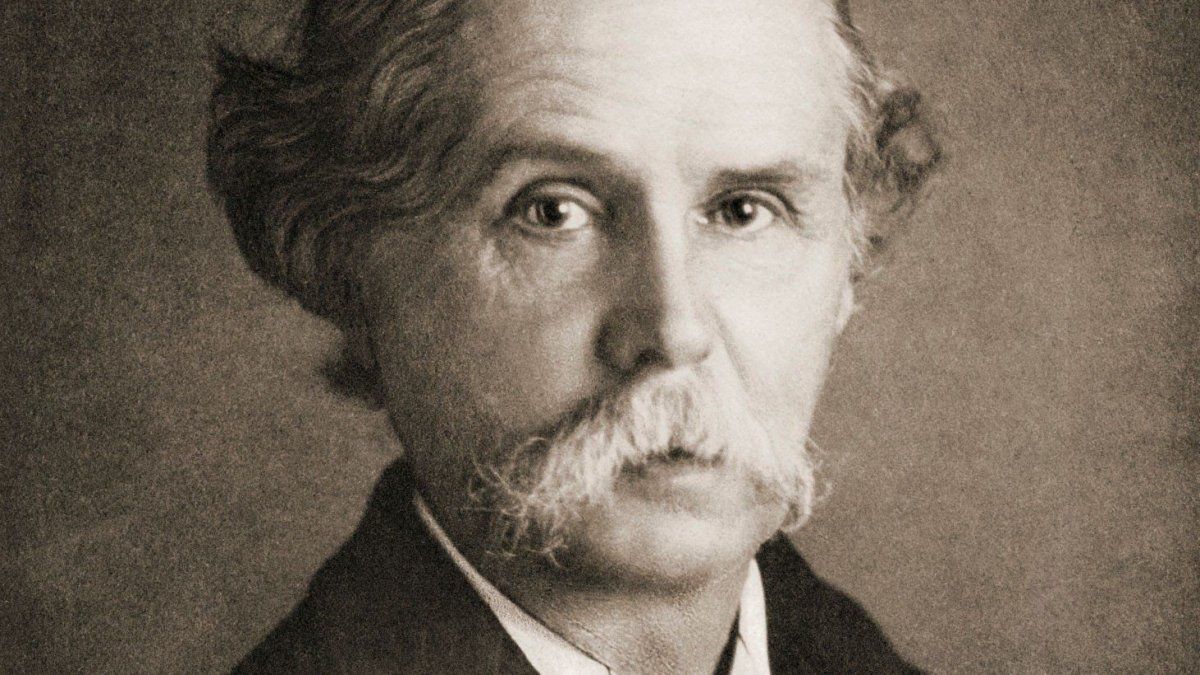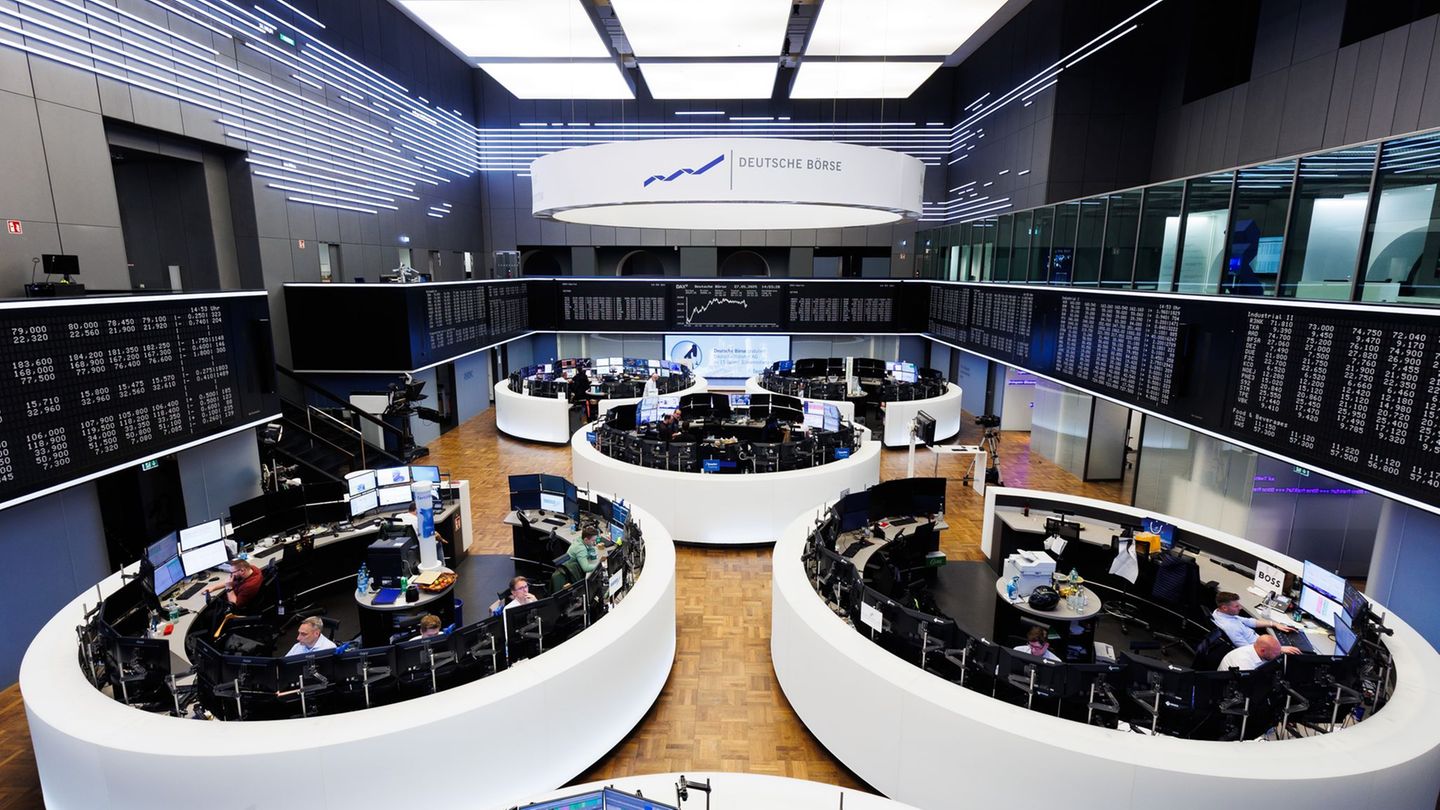Recently we have followed in this column different contributions of national and Latin American thought. Debating the different lines of study that, without being aware, are based on the Neoclassical school. One of its main references was Alfred Marshall (1842-1924).
For this reason, the different schools that followed the neoclassical school, such as the Austrian, monetarist or what is now called neoliberal, only have solutions from the center for the problems of the periphery. This is in dispute today, not because of the manual, not because of the theoretical framework, but because of the need to have an alternative that understands the challenges of an economy like Argentina or Colombia; otherwise we will all end up arguing within the framework of neoclassical theory without knowing that our focus is “neoclassical.”
The (Subjective) Theory of Value The theory described by Marshall, in recapitulating the arguments of J.S. Mill, is not only about the internal aspect of the economy, but also involves a theory of “international values.” This is a debate about whether internal prices can be equated with external ones.
The productive structures of the central countries could do this without too high a social cost. In the case of the -different- productive structures of the peripheral countries, equalizing the -internal- values with the international -external- values implies an economy without “regulations”, when the export of the peripheral countries was characterized by inputs -soy, copper, gold, oil, gas- for the central industries, in the United Kingdom during the 19th century, the USA in the 20th century and now with China in the 21st century.
The idea of “international values” has at its core Ricardo’s idea of specialization of economies. However, one detail is that Ricardo’s idea supposes an analysis of the exchange of goods, with constant capital and labor. There is no land factor. It is clear that raising these assumptions so that they are dynamic gives us greater proximity to peripheral problems and only one question arises: Are the production costs the same in the center as in the periphery? Do we have the energy for development? Is the export model enough to solve social and national problems?
The three models in dispute
For this it is very important to recover the thought of authors such as Prebisch and Keynes Firstly, for its intellectual honesty and to build a bridge of understanding of Economic Theory. At this point, we think it is important to highlight the meetings at the National University of Moreno with other universities in the suburbs: UNDAV, UNGS, UNQUI and UNPAZ, which, with the participation of graduates and students of economics, raised the need to build a view of the challenges facing the Argentine economy and its social problems in the current international framework. Not only to discuss the agenda that sometimes tries to install a certain biased view of the economy from the dominant media. But it is imperative to recover the sense of the university as a space for debate, criticism and proposals to the dilemmas regarding national and Latin American development, placing the “accent” on work, capital, finance and land.
The meaning that Prebisch brings to the first criticism of neoclassical theory is not minor, it is that it is not universal. Keynes’ correction of neoclassical theory had to do with market adjustment and falling wages. Keynes is not Keynesian, he is just a thought like Prebisch who understands that theory does not correspond to reality and there are problems to be solved. Macroeconomics as we know it today is neoclassical, it is the IS-LM, the neoclassical synthesis, there is a text by Kicillof “An exegesis of “Mr. Keynes and the classics” by JR Hicks.
The birth of the IS-LM model or the original sin of modern macroeconomics”. Keynes is categorical: “I myself defended for many years with conviction the theories that I now attack and I do not believe I am unaware of their strong side”. Moreover, Keynes, in another essay on “The end of laissez faire (1926)” poses the relevance of a history of thought: “However, it seems to me that we would not think as we do, if Hobbes, Locke, Hume, Rousseau, Paley, Adam Smith, Bentham and Miss Martineau had not thought and written as they did. A study of the history of opinion (thought) is a necessary preamble to the emancipation of the mind”. Will it be possible to construct a history of national and Latin American economic thought?
What differentiates Prebisch from Keynes is not so much his neoclassical training; the former proposes problems to be solved from the periphery; and the latter solved the problems of orthodox theory in the center. Both arrive at the need to rethink and elaborate a synthesis for a different contribution/critique to Political Economy, which, in our case, as a region, would be Latin American Structuralism.
Just as Keynes needed to criticize his education, Prebisch did so in 1963 in the famous manifesto: I believed in free trade and in the automatic functioning of the gold standard. I believed that all the problems of development were resolved by the free play of the forces of the international economy or the internal economy. But when the great world depression came, those years of anxiety led me to gradually dismantle everything I had been taught and to throw it overboard. The contradiction between reality and the theoretical interpretation developed in the major centers was so great that the interpretation was not only ineffective when put into practice, but also counterproductive.
In the best style of Scalabrini Ortiz (1940) who in his book “British Policy in the River Plate” said: Economic imperialism found a free field here. Under its pernicious influence we are in a quagmire that can be lethal. Everything that surrounds us is false or unreal. The history that we were taught is false. The economic beliefs with which we were imbued are false. The world perspectives that are presented to us and the political alternatives that are offered to us are false. The freedoms that the texts assure us are unreal.
For all the above, it seems necessary to rethink national and regional history, one contribution is the recent publication of the book “The three models in dispute” by Santiago Fraschina and Lucas Gobbo of the National University of La Plata Publishing House They told us that: the strength of Peronism as a national movement has allowed it to survive despite the passage of time, its leaders and historical circumstances. This strength is based on several pillars, one of the most important being having developed its own doctrine and a political and economic model with a proven capacity to guarantee social justice.
Through his thoughts and actions, General Juan Domingo Perón laid the foundations of the “Justicialist doctrine”, a set of principles and apothegms that have remained valid over time. Its application in the economic field allowed the construction of what we can call the Justicialist economic model, which during different historical moments allowed the Argentine people to reach higher levels of prosperity and win new rights, at the same time as the national economy developed and grew (1945-1955 and 2003-2015).
Raising the issue of a dispute that resonates in history: From the mid-twentieth century to the present, there has been a constant struggle over which economic model to apply in the Argentine Republic. The Peronist economic model alternated with two other models: one diametrically opposed, which we can call the neoliberal-financial economic model; and another with which it has some points in common, but also insurmountable differences, called the developmentalist economic model. Could Prebisch and Keynes be Peronists?
The article on “Peronist Agrarian Policy 1943-1946” puts into perspective the history of the dairy farm, the salting house and the meat packing plant and how central the role of rural workers was in the strategy for taking over the leadership of the Nation in 1946. It is necessary to re-analyze the productive structure -unbalanced- from the perspective of capital, labor (financial) and LAND, which is nothing more than the OBJECTIVE theory of value.
Economist at UBA. Professor of Latin American Structuralism at UNDAV
Source: Ambito
David William is a talented author who has made a name for himself in the world of writing. He is a professional author who writes on a wide range of topics, from general interest to opinion news. David is currently working as a writer at 24 hours worlds where he brings his unique perspective and in-depth research to his articles, making them both informative and engaging.




